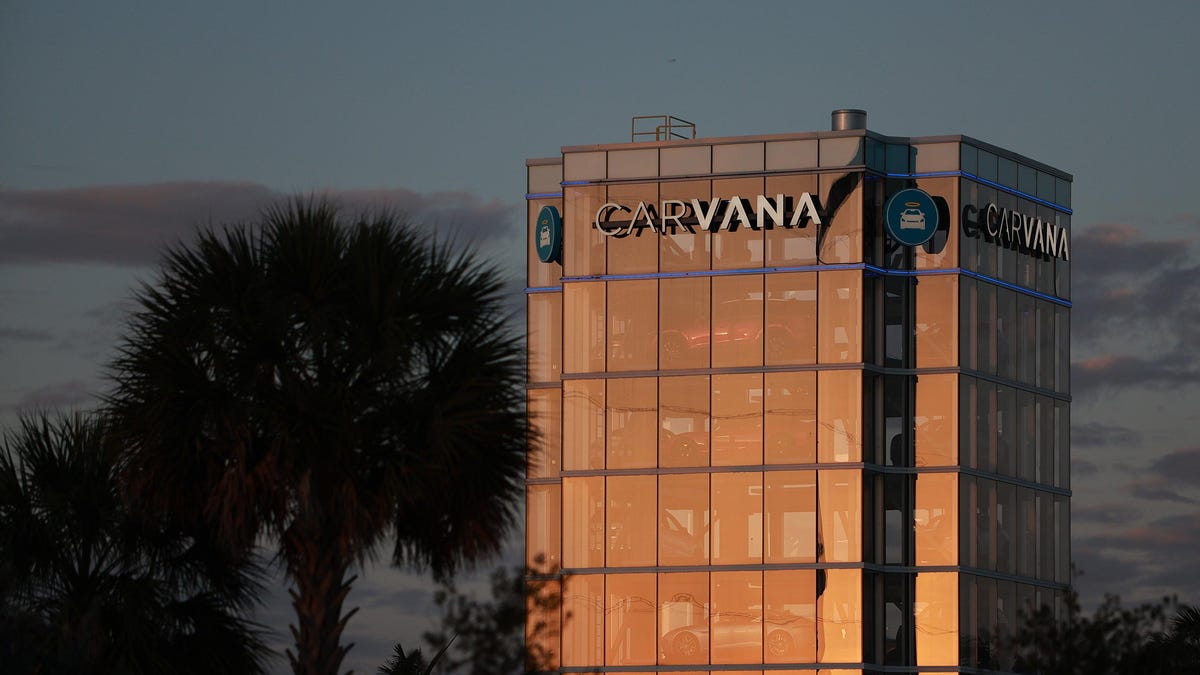Carvana Can't Stop Bleeding Money

Photo: Joe Raedle (Getty Images)
Look, it’s a tough time to be in the auto business. The chip shortage has led to low inventories and high prices, pushing buyers from new cars into used ones — and pushing those used prices through the roof. In times like these, how could one expect Carvana — a mere purveyor of expensive used cars — to make money?
This is the question that poor, put-upon Carvana posed to its investors after a $439 million loss in the second quarter of 2022. In a letter to shareholders, the company blamed “headwinds” such as “high used vehicle prices” for its considerable financial losses — it’s just so difficult to make money when the product you sell becomes ever more expensive. Used vehicle prices are so high, in fact, that Carvana’s profit per car has dropped by over 34%. Wait, what?
Photo: Joe Raedle (Getty Images)
Sure, one could make the argument that high used-car prices are driving buyers to hold off on vehicle purchases, sending sales numbers tumbling, but that’s not what Carvana’s claiming — in fact, the company’s sales were up last quarter by 9%, to a total of 117,564 units. People are still buying used cars, and they’re still buying them from Carvana.
But, clearly, inflated prices would mean Carvana is paying more for those vehicles, right? Whether they’re traded in, sold outright, or purchased from auction, the company still has to obtain these vehicles — and do so at a cost dictated by the market. That must be it.
G/O Media may get a commission
Photo: Joe Raedle (Getty Images)
If it is, it’s a problem unique to Carvana. Dealer profits across the industry are sky high, and while that’s largely due to new vehicle markups, gross profit per used car is still up by over a third. Somehow, in a seller’s market, Carvana is managing to snatch defeat from the jaws of victory.
And remember kids, we’re talking gross profits here — not net. That accounts for cost of goods sold, the variable expenses that Carvana incurs for each vehicle it moves, but not company-wide expenses, like the ones incurred by purchasing an entire vehicle auction network, or internal savings, like firing thousands of workers the same day you purchase an entire vehicle auction network.
In a world of massive dealer profits and outrageous used car prices, major used car dealer Carvana has found a way to lose out. But trust them, it’s the fault of “macroeconomic pressures.” It’s totally, absolutely, happening to everyone.



